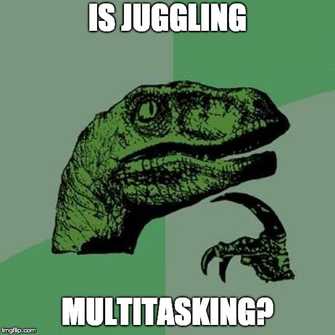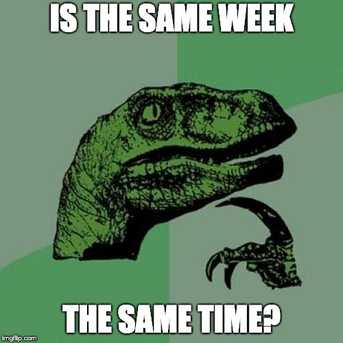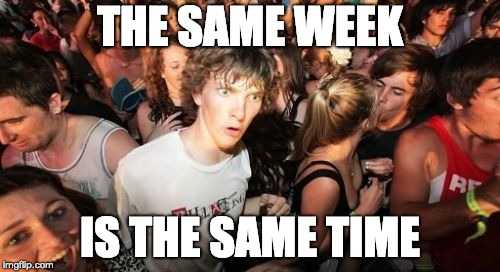In recent years, we finally started seeing more researches, articles and blog posts about how bad multitasking is, how it negatively affects our lives, drains our energy, reduces the quality of our work, leaving us burnt out and unsatisfied. It is excellent news, at first glance, however, you, as a business owner, as a project manager, are now even more puzzled than before — if multitasking is wrong, how do you organize work and how to stay productive?
As a business owner, you have so many things to worry about at the same time. You don't always have a dedicated person for every job. For example, had I had to finish my month-long product development task before even attempting to write this blog post? I feel it was just fine to start writing a draft one evening, then come back to it a few days later, then finishing it in a week or two. Is this multitasking? Technically, I had several tasks in progress at the same time. However, my time precision was days, not even hours.
It is, actually, an important question.

An important question is whether time precision affect our perception of what is multitasking and how to organize your work so that you can move several independent tasks forward with the least performance impact?

How to measure multitasking?
While there is no silver bullet or one size fits all solution, there are still guidelines that we can follow. First, we need to recognize that there are warm-up and cool down time required to switch the context. During cooling down, we let the previous thoughts go. The deeper were we in our thoughts and more concentrated, the longer is the cool down — we can't just stop thinking abruptly about something we were contemplating for several hours.
Similarly, starting a new task or continuing a paused one also requires mental effort — we need to reconstruct the context: What are we trying to achieve, what is the acceptable result, why we need this task in the first place, what is the course of action? The more complex the problem to solve is and the more interconnected it with other things — the more time we need for the warm-up, thus, the duration of warm-up and cool down varies depending on nature of tasks. Metaphorically speaking, it is faster and easier to switch from chopping onions to mashing potatoes, than to serve a dessert after serving dinner.
Without the cool down, we won't be able to focus on the current problem, and our mind will get us back to earlier thoughts. Without a warm-up, we can't fully immerse into solving a problem, thus our solutions are never creative nor efficient, furthermore, are often short-sighted and missing important details. In our fine-dining metaphor, it would be serving an undercooked cake on dirty soup plates left from the entree.
How much time do I need to focus?
When I was writing this blog post, my average cool down duration varied between 5 and 10 minutes, while warm-up was on average longer — from 10 to 15 minutes. Given that writing is not my strongest skill, I also had to reconstruct what is the main point of the article and where exactly did I leave last time. Besides, my emotional and energy states were slightly different each time I sat to write, but I wanted the narrative to go the same way I started it.
As you can see, up to 25 minutes can be required merely to start working productively — this is what usually can be accomplished by the first checkmark if you use the Pomodoro technique. It would be unreasonable not to allocate at least a similar time slot for the actual productive work — and suboptimal not to double it — therefore, I would argue that a reasonable amount of time of uninterrupted work to make any progress is, at minimum, between 45 and 75 minutes.
Writing tasks properly not only helps fighting procrastination but it also reduces the time required for warmup.
Obviously, I'm talking about intricate tasks requiring mental effort, like writing a blog post, fixing a defect in the code, filling out the Lean Canvas, designing a logo. This is not applicable to tasks that can be done in five minutes with a half brain off like booking an appointment or buying a movie ticket.
To summarize, multitasking is just a lack of focus when you are not able to fully immerse into creative flow and make any progress. And yes, it is okay to work on many things in parallel as long as you allocate significant chunks of time for uninterrupted work on each of those things. The same week is the same time.

In this post, I have covered only one end of the spectrum — how small a time slot of uninterrupted work can be to make progress. Next time I will write about when you should stop what you were doing and switch to something else.